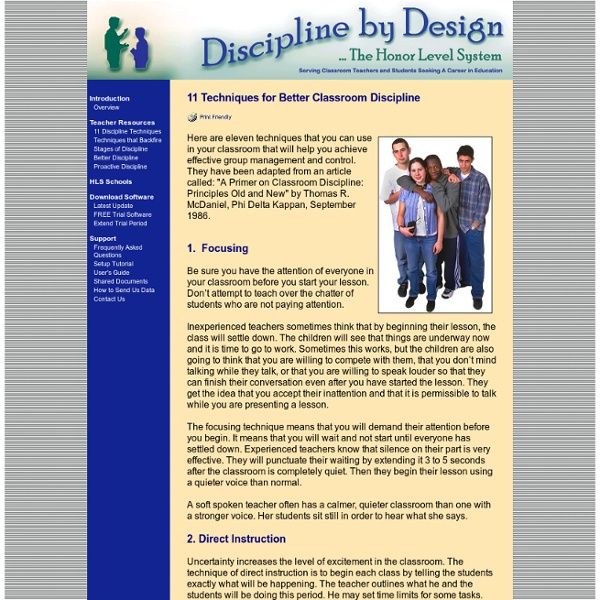Classroom Management
American Psychological Association Zero Tolerance Task Force. (2008). Are zero tolerance policies effective in the schools? An evidentiary review and recommendations. Baer, G. Bradshaw, C. (2014) Positive behavioral interventions and supports. Brophy, J. (2006). Crone, D. Crone, D. Durlak, J.A., Weissberg, R.P., Dymnicki, A.B., Taylor, R.D., & Schellinger, K.B. (2011). Emmer, E. Evertson, C. Freiberg, H. Kern, L., & Clemens, N. Lewis, T. Robinson, S. Scott, T. Sugai, G., & Simonsen, B. (2015). Slavin, R. Weissberg, R.
Creative Writing
1) Writing Traditional Stories from a Different Point of View 2) Design a New Room for the Chocolate Factory 3) Godzilla This idea is based on the Godzilla introduction found here Read the introduction to the children (you might need to photocopy it so that the children can refer to it during their writing) and ask them to continue the story. 4) Missing Person The following activity is great fun, and usually produces great results, but must be used with caution. Choose a name for a missing person (e.g. Ask the children where "Paul" is. Finally, say that as Paul is missing, we will have to make some missing person posters, explaining who Paul is (with a picture so others can identify him!) A missing person poster template can be found in PDF format here 5) Supermoo's New Adventures 6) Recipes for Dreams 7) Dr. This activity is based on the Dr. Read through some of the books in the series. The children should write their own Dr. 8) Class Mascot Activity 9) When I am famous... 13) Using Objects
Interactive Classroom Activities | The Sheridan Center for Teaching and Learning
Students learn through their participation in the attainment of knowledge by gathering information and processing it by solving problems and articulating what they have discovered. Each activity below provides students with opportunities to deepen their learning by applying concepts and articulating new knowledge and many of these activities also provide the instructor feedback about the students’ learning. Entry/Exit Tickets Entry & Exit tickets are short prompts that provide instructors with a quick student diagnostic. Entry tickets focus student attention on the day’s topic or ask students to recall background knowledge relevant to the day’s lesson: e.g., “Based on the readings for class today, what is your understanding of ___________?” Learn more about entry and exit tickets, and see examples. Free Writing/Minute Paper/Question of the Day Exercise These are activities that prompt students to write a response to an open question and can be done at any time during a class. Ice Breakers
Chalk Talk: A Kindergarten Blog
5 Fun and Mathematical Ways to Teach Your Child About Money
This is a guest post by Troy Edwards who writes for the “What is Economics?” blog. For many of today’s students, having to take and master math has as much appeal as a visit to the dentist. For this reason, the savvy parent recognizes that a little “creativity” and fun can go a long way. photo credit: ~jjjohn~ Since money is a currency of exchange that kids can understand and relate to, there are many ways to work monetary concepts into exercises, real life examples, and games to achieve educational goals. Here are a few things to consider. With this in mind, here are 5 fun and mathematical ways to teach your child about money. 1. photo credit: merfam Allow the little ones to accompany you to the next visit to your local grocers. 2.Play with coins photo credit: midnightglory Purchase rolls of coins from a local currency exchange, or obtain them from your neighborhood bank. 3. photo credit: Thomas Hawk 4.Add a language photo credit: bradipo Combine math, money and counting with a language lesson.



